
In today’s digital age, exceptional customer service is essential. Clients demand quick, efficient, and seamless interactions. Client portals offer a powerful solution to meet these expectations and streamline your operations.
Imagine your clients accessing information, submitting forms, and downloading deliverables from a dedicated online platform without needing to contact you directly. According to the Harvard Business Review, 81% of customers try to resolve issues on their own before reaching out to a live representative. This highlights the increasing need for self-service options.
A well-implemented client portal can transform your customer service, making it more efficient and user-friendly. This blog post will explore why investing in a client portal is a smart move for your business and provide tips on choosing the right one. Whether you aim to improve communication, enhance project management, or offer a better client experience, this article will guide you.

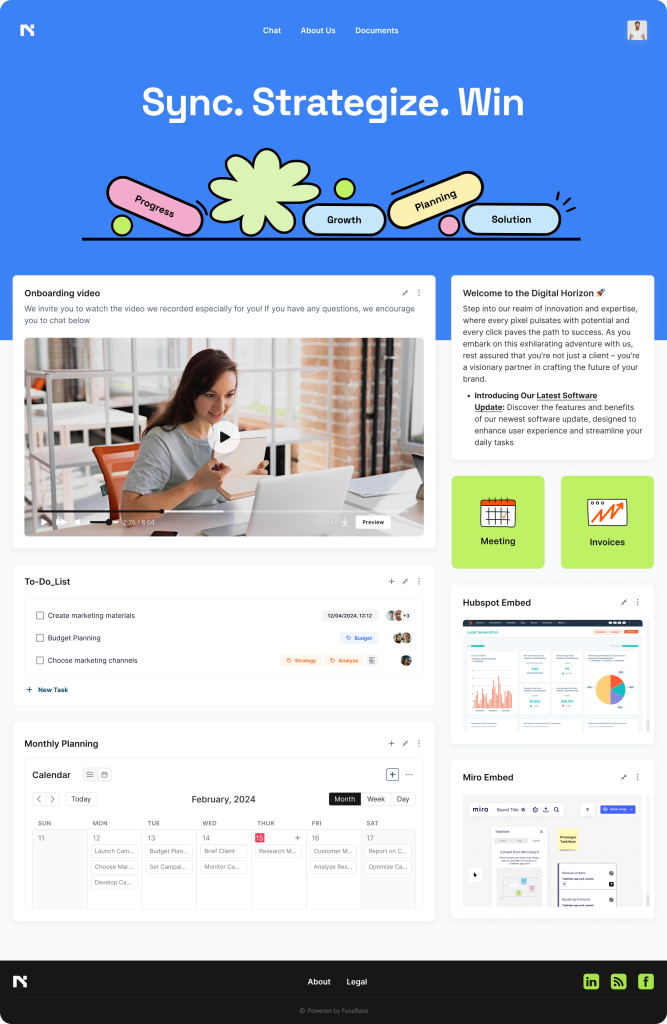
A client portal is a comprehensive digital platform that enables secure communication and information sharing between a business and its clients. This versatile space can be customized to provide advanced features tailored to the specific needs of your clients. By offering a centralized location for various interactions, client portals streamline processes and enhance the overall client experience
Key Features of a Client Portal
- Secure Communication: Ensures that all interactions between the business and its clients are encrypted and protected, maintaining confidentiality and trust.
- Document Management: Allows clients to upload, download, and manage important documents securely, reducing the need for physical paperwork.
- Task Management: Facilitates the assignment and tracking of tasks, ensuring that both the business and the clients stay on top of their responsibilities.
- Personalized Dashboards: Offers clients a customized view of their information, including reports, analytics, and other relevant data.
- Real-Time Updates: Keeps clients informed with real-time notifications and updates, ensuring they are always aware of the latest developments.
- Integrated Support: Provides clients with easy access to customer support, including live chat, ticketing systems, and FAQs.
Benefits of Implementing a Client Portal
Enhanced customer experience is a key benefit of implementing a client portal. By providing a seamless and personalized experience, businesses can significantly improve client satisfaction and loyalty. When clients feel valued and catered to, they are more likely to continue their relationship with the business and recommend its services to others.
Increased efficiency is another advantage. Automating routine tasks and centralizing information reduces the time and effort required to manage client interactions. This allows businesses to focus on more strategic activities, ultimately boosting productivity and effectiveness.
Improved collaboration is facilitated through a client portal, fostering better communication and project management between the business and its clients. This leads to more effective and timely completion of projects, enhancing overall client satisfaction.
Data security is paramount, and with robust security measures in place, businesses can ensure that sensitive client information is protected from unauthorized access. This builds trust and confidence among clients, knowing that their data is safe and secure.
Finally, cost savings can be achieved by reducing the need for physical meetings and paperwork. This not only lowers operational costs for the business but also offers convenience and savings for clients, making the overall experience more efficient and cost-effective.
Industry Adoption
According to Forrester, nearly 90% of digital businesses are investing in personalization. This trend highlights the growing importance of tailored experiences in the digital age. Many companies globally have already implemented client portals to improve customer experiences and prioritize client service. By adopting a client portal, businesses can stay competitive and meet the evolving expectations of their clients.
Success Stories
- Financial Services: Firms have used client portals to provide real-time account updates and personalized financial advice, leading to higher client retention rates.
- Healthcare: Medical practices offer patient portals for appointment scheduling, test results, and direct communication with healthcare providers, improving patient engagement.
- Legal Services: Law firms utilize client portals to share case updates, manage documents, and communicate securely with clients, enhancing transparency and trust.
Are you considering investing in a client portal? Let’s explore how this strategic move can benefit your business and elevate your client relationships.
How To Replace Scattered Tools With One: 5 Options
As the lead manager, it is crucial to understand the optimal use cases and key client portal features of each tool to make informed decisions. Below, we have prepared a brief for your consideration.
FuseBase
Best Area for Use:
FuseBase is ideal for businesses looking to consolidate multiple tools into a single client portal. It is particularly effective for those aiming to reduce learning curves and software expenses.
Key Client Portal Features:
- No-code Customization and Branding: Utilize drag-and-drop editors and intuitive tools to personalize the portal’s look and feel, ensuring brand consistency with color schemes, logos, typefaces, and design guidelines.
- Centralized Information Repository: Create and manage a centralized knowledge base to provide clients with easy access to important information, FAQs, guides, and tutorials.
- User Permissions: Control access to different sections of the knowledge base based on user roles and permissions.


🌟 Example of how Smart Portals transform your work:
Clickup
Best Area for Use:
Clickup is best suited for project management and task tracking. It is highly effective for teams that need to manage workflows, collaborate on tasks, and keep track of project progress.
Key Client Portal Features:
- Task Management: Create, assign, and track tasks with ease.
- Collaboration Tools: Facilitate team communication and file sharing within the portal.
- Customizable Dashboards: Tailor dashboards to display relevant project metrics and progress.
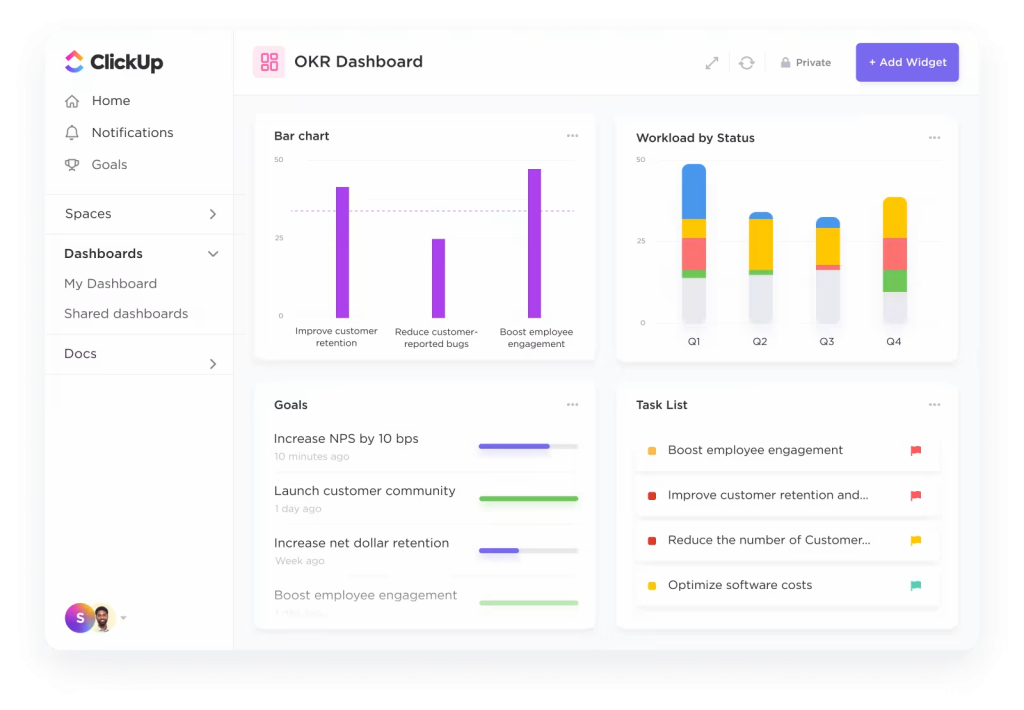
Freshworks
Best Area for Use:
Freshworks is excellent for customer support and engagement. It is particularly useful for businesses that require robust customer service tools and CRM capabilities.
Key Client Portal Features:
- Customer Support: Provide a seamless support experience with ticketing systems and live chat.
- CRM Integration: Manage customer relationships and interactions effectively.
- Analytics and Reporting: Gain insights into customer behavior and support performance.
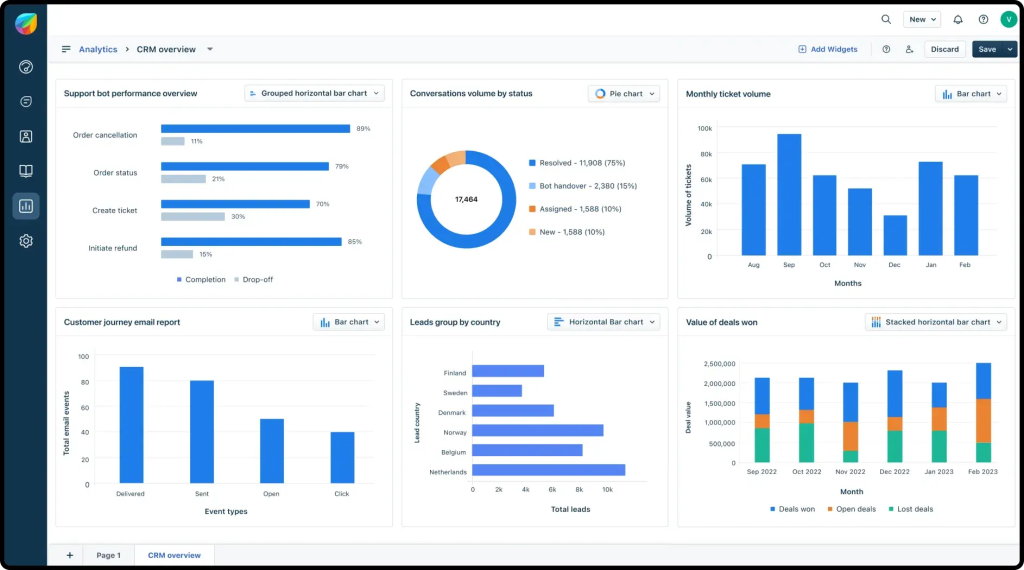
Zoho CRM
Best Area for Use:
Zoho CRM is ideal for sales and marketing teams. It excels in managing customer relationships, sales pipelines, and marketing campaigns.
Key Client Portal Features:
- Sales Pipeline Management: Track leads, deals, and sales activities.
- Marketing Automation: Automate marketing campaigns and track their performance.
- Customization: Personalize the CRM to fit specific business needs and workflows.
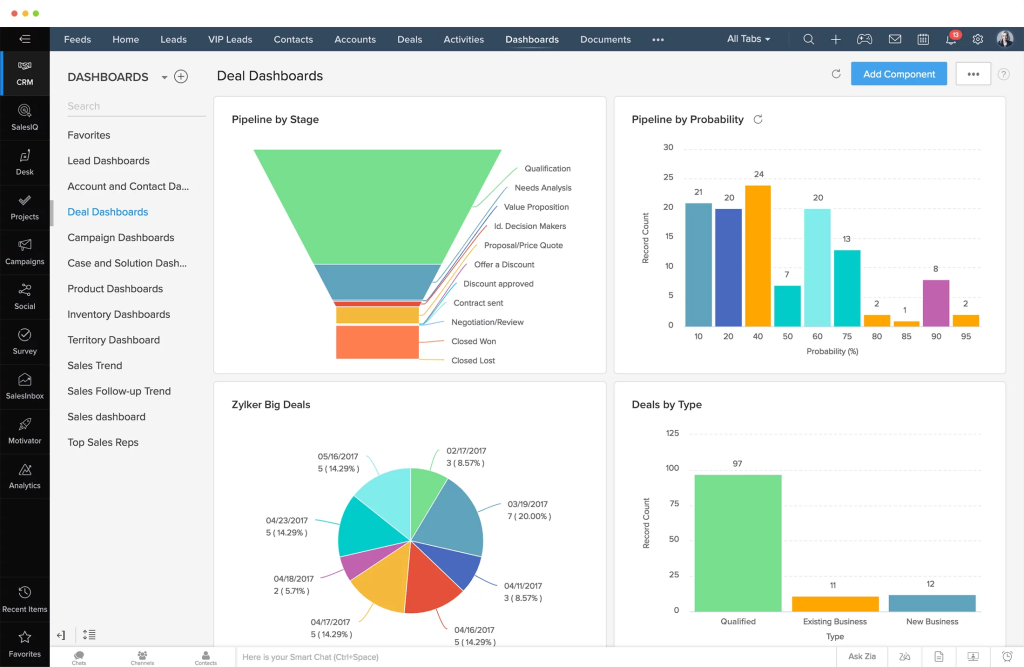
Huddle
Best Area for Use:
Huddle is best suited for document collaboration and secure file sharing. It is particularly effective for teams that need to work on documents together and ensure data security.
Key Client Portal Features:
- Document Collaboration: Work on documents in real-time with team members.
- Secure File Sharing: Share files securely with clients and team members.
- Task Management: Assign and track tasks related to document workflows.
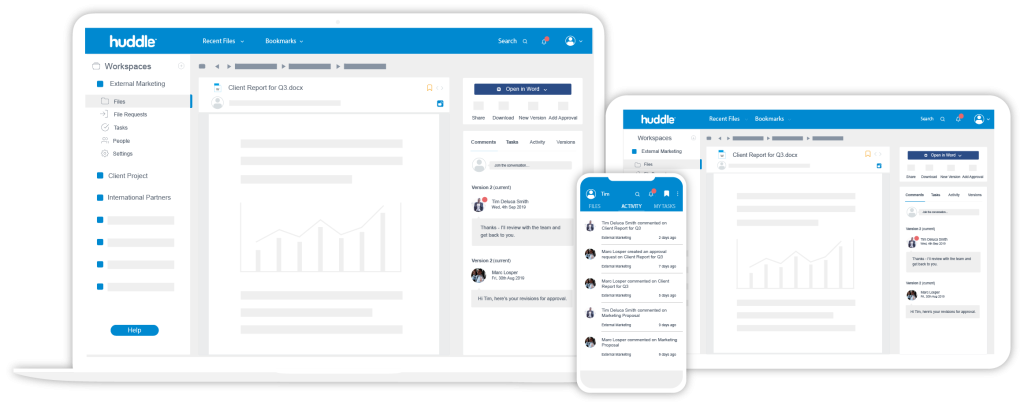
🌟 Another example of Portals that transform your work:
The Financial Aspect: Investing in a Client Portal
Investing in a client portal can be a significant financial decision for any business. Here are some key points to consider:
- Initial Costs: The upfront expenses for developing or purchasing a client portal can be substantial. This includes software development, licensing fees, and potential customization to meet your specific needs.
- Maintenance and Upgrades: Ongoing costs will include regular maintenance, updates, and potential upgrades to keep the portal secure and functional.
- Training and Support: Staff training and customer support are essential for the successful implementation and use of the client portal. These costs should be factored into your budget.
- Return on Investment (ROI): Consider the potential ROI. A well-implemented client portal can streamline operations, improve customer satisfaction, and ultimately lead to increased revenue.
- Cost-Benefit Analysis: Conduct a thorough cost-benefit analysis to ensure that the financial benefits outweigh the expenses. This analysis should include both tangible and intangible benefits, such as improved customer loyalty and operational efficiency.
Wrapping up!
Investing in a client portal is a strategic move that enhances business efficiency, client satisfaction, and financial success. Over time, the financial benefits make the portal a crucial part of your business infrastructure.
Without a client portal, you risk falling behind as customer expectations shift towards digital interactions. Proactively investing in a client portal prepares your company for future success in a digital world.

